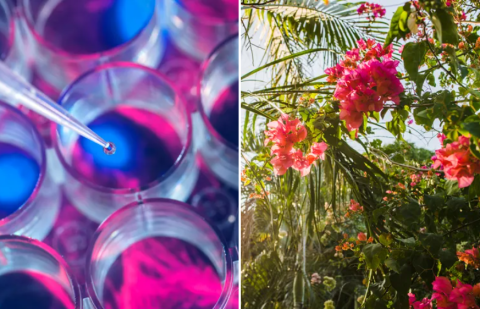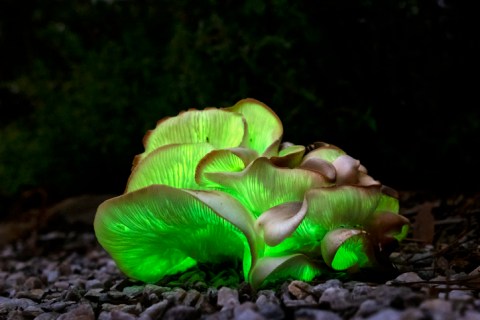
Silent Threat Risks Half of the World’s Future Medicines, Scientists Warn
Nine out of ten medicines originate from plants
Humanity is ‘staring down the barrel’ of potentially losing up to half of its future medicines because so many plant species face extinction, scientists have warned.
Nearly half of all those that flower are threatened, amounting to over 100,000, while it is believed that around 77% of all those as yet undescribed by science are at risk.
By Danny Halpin
In some cases plants are going extinct between the time of first discovery and when they are catalogued, which takes around 16 years on average.
The main cause of these extinctions is habitat loss, such as deforestation or the construction of dams which flood river areas further upstream.
Climate change is ‘certainly on the horizon’, said conservation analyst Dr Matilda Brown, but it is much harder to measure it as a threat.
Read Also:
Drama as Nigerian Man Escapes from Police Moments after His Arrest in India (Video)
She is among the researchers at the Royal Botanic Gardens, Kew, who have published these findings in its latest State of the World’s Plants and Fungi report.
The planet is home to a dazzling array of species
Together, they are calling for all newly described species to be treated as threatened unless proven otherwise.
‘We’re looking at more than 100,000 species that are threatened,’ said Dr Brown. ‘That’s more than the total number of species of mammals, birds, reptiles, fish, all of our vertebrates put together.
‘And when we consider that nine out of 10 of our medicines come from plants, what we’re potentially staring down the barrel of is losing up to half of all of our future medicines.
Green glowing fungi
Fungi can be pretty wild, like this ghost fungus (Picture: Getty)
‘So this isn’t just a big number if you’re a plant. It’s a big number in terms of potential impacts for humanity.’
Many newly described species are vulnerable to extinction because they are specific to just one region, or they are in areas heavily marked by humans.
Numerous knowledge ‘dark spots’ exist across the Amazon, India, China, tropical South East Asia and parts of the Middle East where conflict, difficult terrain and lack of funding have made it difficult for exploring botanists.
More than 200 scientists from 102 institutions in 30 countries across the world contributed to Kew’s report, which includes the World Checklist of Vascular Plants, the most complete record of known plant species, containing over 350,000 names.
Earth’s biodiversity
Animals (vertebrates, eg. mammals and birds)
80,500 number of estimated species
74,420 number of scientifically-described species
Plants
450,000 number of estimated species
400,000 number of scientifically-described species
Fungi
2.5 million number of estimated species
155,000 number of scientifically-described species
Animals (invertebrates, eg. insects and spiders)
8.5 million number of estimated species
1,461,728 number of scientifically-described species
Rafeal Govaerts, who has spent 35 years compiling the list, said he was following Charles Darwin’s dream of seeing every plant species on Earth recorded.
It will need to be continually updated as around 2,500 new species are formally described each year – and this excludes fungi, one of the least-understood parts of the natural world.
Mycologists – those who study fungi – estimate there are around 2.5 million species, in total of which 155,000 have been catalogued.
Dense forests harbour unknown numbers of new species
Dense forests harbour unknown numbers of new species (Picture: Getty/iStockphoto)
Professor Alexandre Antonelli, director of science at Kew, said: ‘We know more about the surface of Mars than we know about fungi on this planet.’
At the current rate of scientific description, it would take 750-1,000 years to catalogue all fungal species, researchers said, who believe DNA sequencing and studying molecular data could help speed this up.
Since the pandemic in 2020, scientists have described 10,200 new fungal species and more than 8,600 species of plants, as lockdowns gave them more time to work through the backlog of found but unclassified examples.
There are around 155,000 known species of fungus – but potentially millions more
Professor Antonelli said he hopes the research will encourage policy makers to take plants and fungi into account when choosing areas to protect as part of the international goal to protect 30% of the planet by 2030, and not focus only on animals.
He said: ‘Because plants and fungi provide the cornerstone of all ecosystems of human life, we absolutely think that they have to be part of that process of identifying the 30×30 – the areas which are most important for plant and fungal diversity.






